The history of the Mandan, Hidatsa, and Arikara ancestors in North Dakota’s Bakken region stretches back to long before the concept of a United States of America even began to emerge.
“We were homestead people. We were gardeners,” said James Moren, a supervisor over the long earth lodges, a historical preservation area that studies and reconstructs traditional homes of the Hidatsa nation. “And we are still here.”
The Mandan and Hidatsa are some of the few Native nations who can say their reservation land is actually a part of the same land they’ve always known. Moren said his people have a long and storied history of farming and settling villages. They didn’t spend their time as nomads chasing buffalo across the plains, an assumption Moren would like outsiders to stop making.
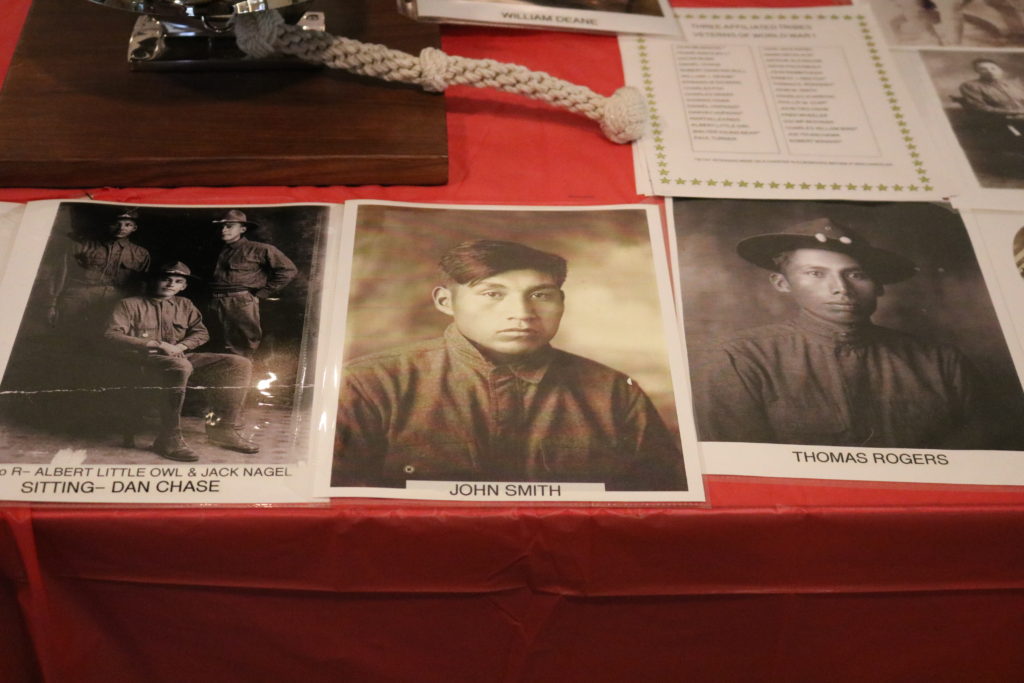
According to Bernadine Young Bird, a faculty member at the Native American Studies and Cultural Center and amateur historian, their main source of food came from the “Three Sisters,” crops of beans, squash and corn. Young Bird also said they were fond of sunflowers.
“All three tribes were agricultural people,” Young Bird said. “We survived on what we had and didn’t need a store.”
Of course, the land and the people in it have changed tremendously over the years. In many ways, Fort Berthold would be unrecognizable to anyone from the olden days. People like Moren and Young Bird are making a conscious effort to preserve what is left of their history and culture and restore what they can, to the best of their abilities.
Young Bird teaches classes on how to cultivate gardens the traditional way. She hopes to preserve the Hidatsa words for their tools and techniques through her teachings. She said few fluent speakers are alive today. And their memories are getting hazy due to decades of discouragement from speaking their mother tongue by the United States government.
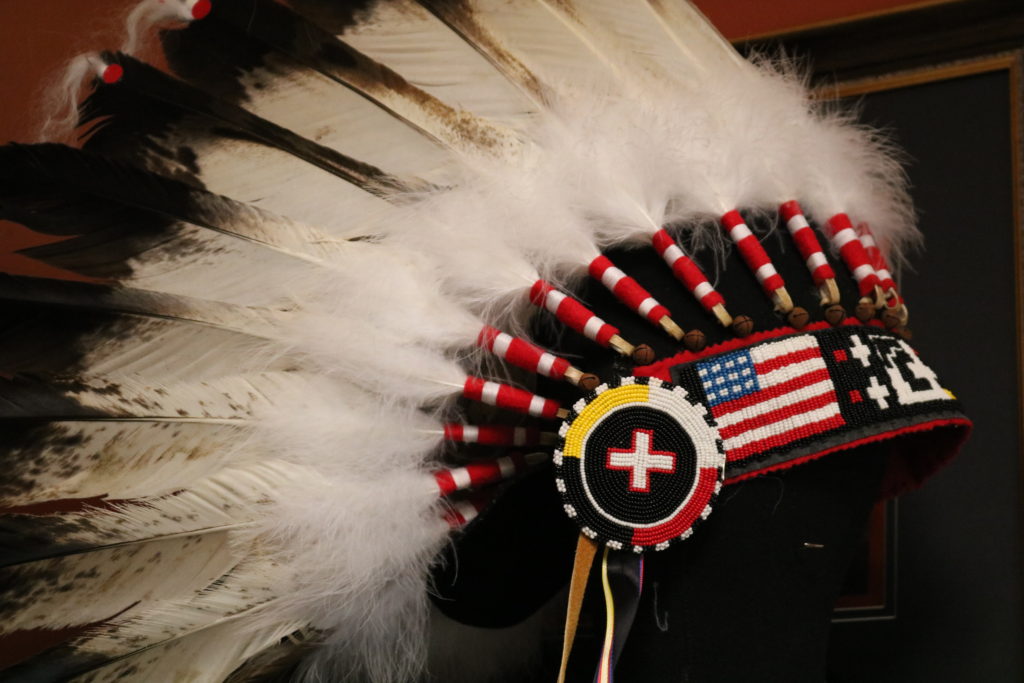
The memory of Bernadine Young Bird’s first-grade teacher is seared into her brain. Young Bird remembers her life as a little girl, speaking Hidatsa as a first language at home. She didn’t know a word of English before setting foot in her government-run classroom. She learned to speak English regularly by the end of the year. She doesn’t credit her first-grade teacher for this. She said it was done purely out of survival.
“It wasn’t a choice for us, like, say, for German immigrants,” Young Bird said. “We were persecuted.”
The people here have known many hardships. All three nations began their history separate from one another. Now, they’re blended mostly into a single identity. The Mandan and Hidatsa are native to the Bakken. But the Arikara, once a rival, came to them in an hour of need.
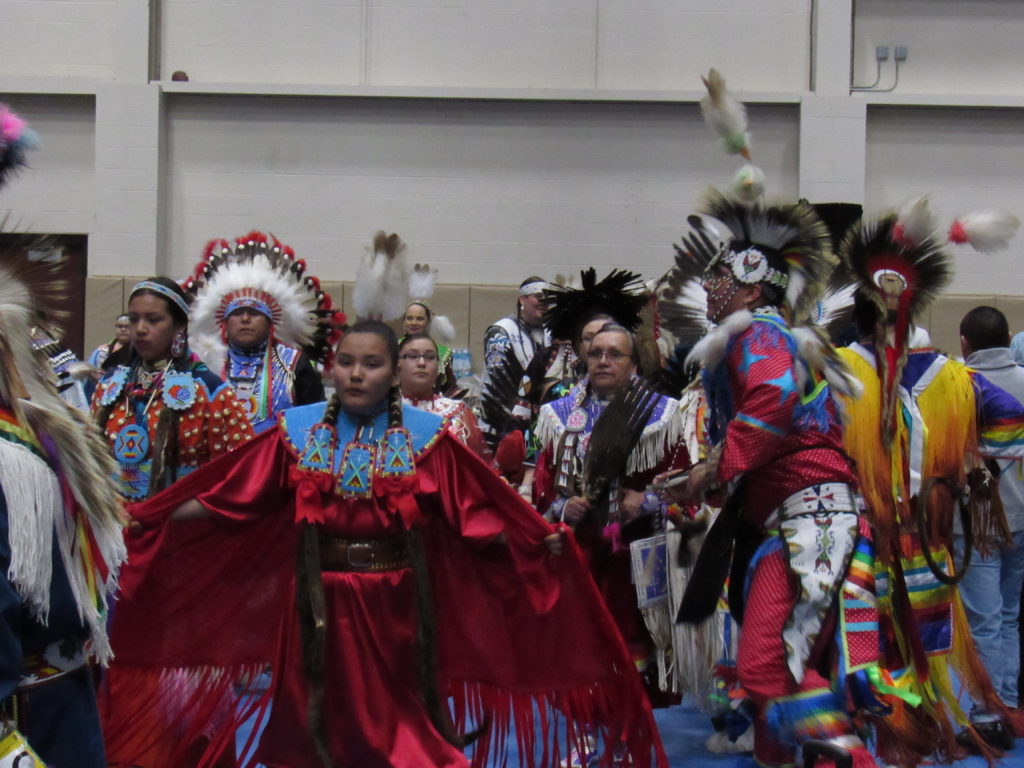
On the run from persecution and literally starving to death, they resorted to boiling their moccasins for nourishment. The Hidatsa took in the Arikara and gave them their own space to recover and thrive. Over time, the three nations naturally consolidated their resources in order to better survive. A series of dire smallpox plagues made this transition into the MHA even more of a requirement than ever before.
Before European colonization began in the Americas, Native American people had little to no immunities from foreign diseases. When the first settlers arrived from across the vast ocean, they brought with them several devastating plagues that would rock the entire native population to its very foundation. Historians estimate up to 112 million Indigenous peoples lived across the American continents before Columbus landed. Most lost their lives when exposed to the flu, measles and smallpox. For the MHA, their hardships especially began with a smallpox epidemic.
While essentially extinct these days thanks to vaccinations, smallpox used to be one of the most deadly diseases known to humanity. Victims would find themselves covered in painful blisters and sores. They would suffer from a fever and vomiting. The disease spreads easily and few survive. Those that do are left with permanent scarring from the sores. At one point, all three tribes found their population depleted down to around 100 people. One of their leaders, Chief Four Bears, became infected with the disease. He knew he was going to die. In order to save his people and avoid spreading the plague, Four Bears took his horse and rode off into the wilderness, never to be seen again. He is immortalized for his heroics with a statue of his likeness overlooking the Missouri River. From a mere 100 or so people, the nations grew their numbers over the years and are back to over 16,000 strong.
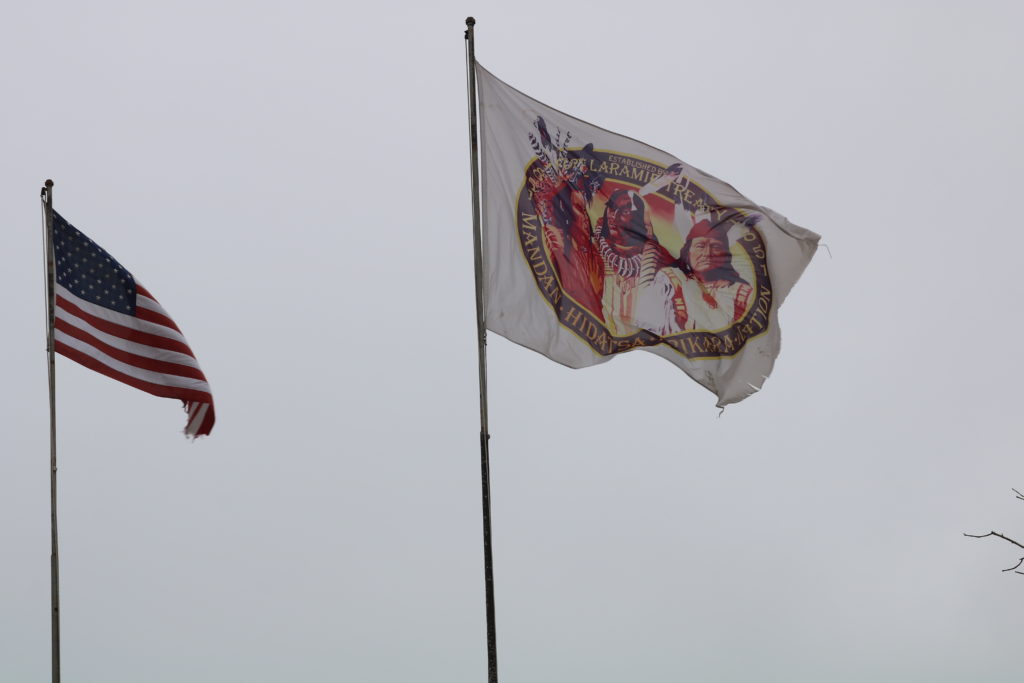
“It’s a huge comeback as far as numbers go, but we lost a lot of the culture,” said Charlie Moren, James’ father and a Hidatsa language high school teacher.
Charlie worries his people are in many ways being absorbed by the surrounding American culture. Every year, he finds it harder and harder to get young people engaged in learning the old ways of his people. He also said he knows the more time goes by, the fewer elders there will be to help pass down their stories and traditions.
Once the epidemic came under control, the people began to rebuild. Each nation built their villages closer together and they began to function as a single people in many ways. Historically, the MHA built in lowland areas by the banks of rivers. This protected them from the harsh winds above and it was also where they found the best soil for farming.
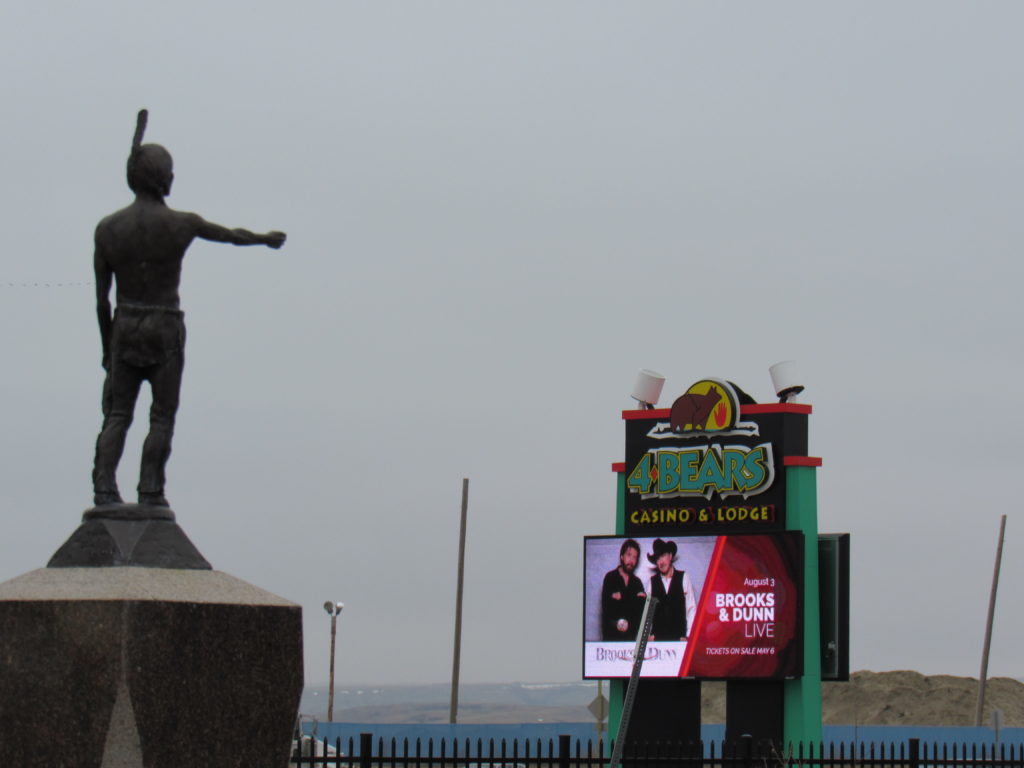
This existence abruptly came to an end in the 1950s, when the Army Corps of engineers decided to construct a hydroelectric dam to power the state. The resulting floods drowned villages and forced the MHA people onto the peaks of the rolling Bakken hills.
“My generation was the first to grow up on top,” Charlie said, meaning they were the first to live in a world knowing nothing of the lowland life that had existed through his family for lifetimes upon lifetimes.
That’s how the city of New Town got its name. It’s literally the new town, built after floodwaters from the dam sunk their old homes.